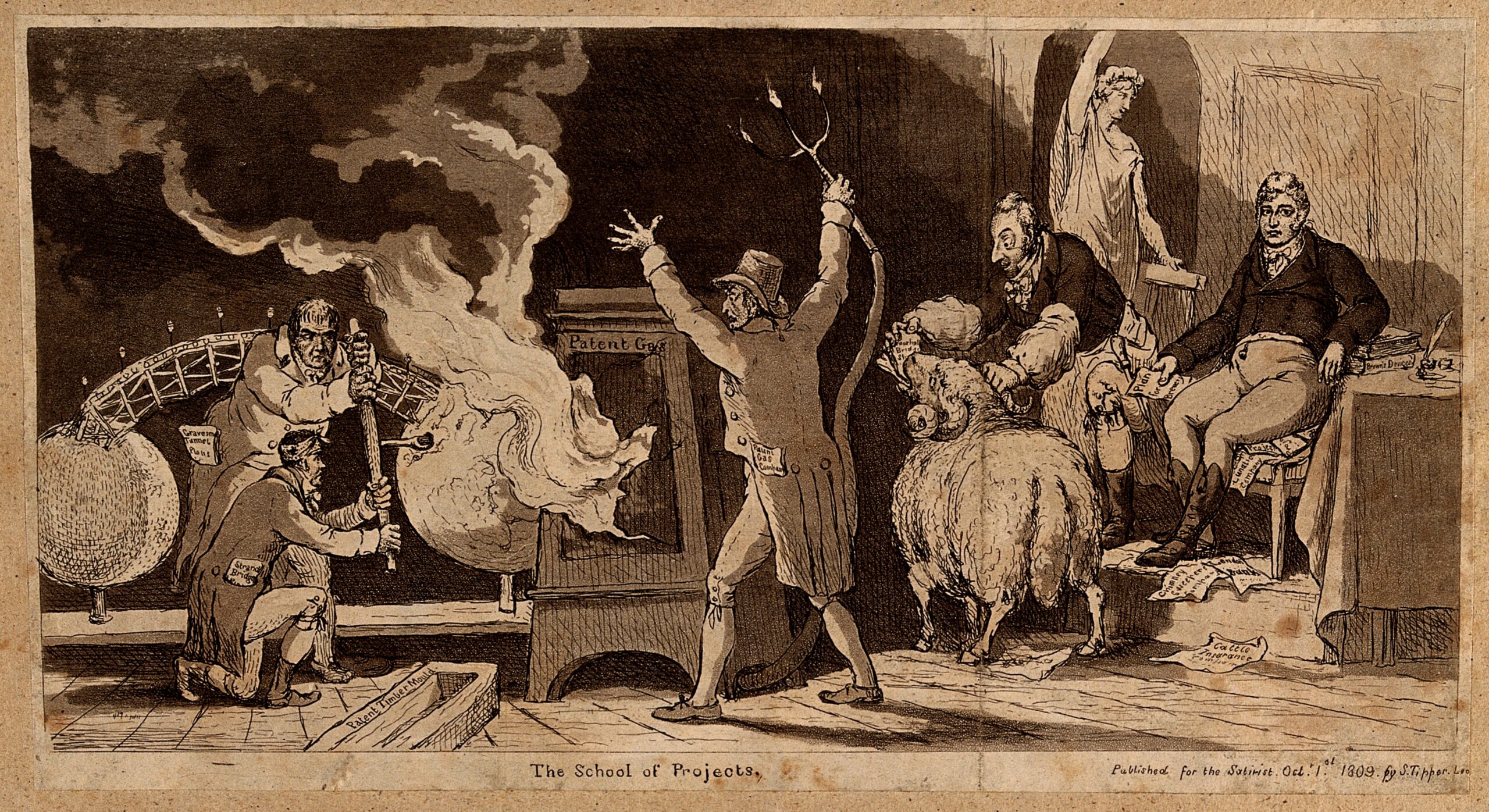What Kind of Abuse is Gaslighting – Gaslighting is a form of psychological and emotional abuse that involves manipulative behavior aimed at distorting or denying a person’s reality. The term originates from a play titled “Gas Light,” where a husband attempts to drive his wife insane by manipulating her perception of reality. Gaslighting is pervasive and can occur in various settings, such as personal relationships, workplaces, and even on social media platforms. In this article, we will delve into the concept of gaslighting, its signs and impacts, and how to recognize and deal with it.
Understanding Gaslighting:
Definition of Gaslighting:
Gaslighting is a manipulative tactic used by individuals to make others doubt their perceptions, memories, and sanity. The gaslighter aims to gain control over their victim by causing them to question their judgment and reality. This can lead the victim to doubt their own memory, perception, and ultimately, their sense of self.
Characteristics of Gaslighting:
Gaslighting behavior often involves lying, withholding information, and creating confusion. The gaslighter may downplay their actions or dismiss the concerns of their victim, making them feel invalidated and insecure.
Psychological Impact on Victims:
Gaslighting can have severe psychological effects on its victims. It can lead to feelings of anxiety, depression, low self-esteem, and even trauma. The gaslighter’s manipulation erodes the victim’s confidence, leaving them vulnerable and emotionally dependent on the abuser.
Identifying Gaslighting:
Signs of Gaslighting:
Gaslighting can be subtle, making it challenging to identify. Some common signs include constant denial of events, shifting blame onto the victim, and questioning the victim’s sanity. The gaslighter may also use tactics such as trivializing the victim’s feelings or experiences.
Examples of Gaslighting Behavior:
Gaslighting behavior can manifest in various ways. For instance, a gaslighter may convince their partner that they are overly sensitive and imagining problems, making them question their emotions and perceptions.
Gaslighting in Relationships:
Gaslighting in Romantic Relationships:
In romantic relationships, gaslighting can be particularly harmful. The gaslighter may use emotional manipulation to maintain control over their partner and keep them in a state of dependency.
Gaslighting in Familial Relationships:
Gaslighting can also occur within families, where one family member uses manipulation to gain power and control over others. This can lead to strained family dynamics and lasting emotional trauma.
Gaslighting in Workplace Settings:
In the workplace, gaslighting can be used to undermine an employee’s confidence, discredit their ideas, and gain an advantage over them. This can create a toxic work environment and hinder professional growth.
Causes and Motivations Behind Gaslighting:
Power and Control Dynamics:
Gaslighting is often rooted in a desire for power and control over another person. The gaslighter seeks to maintain dominance and keep their victim submissive and dependent.
Insecurities and Narcissism:
Insecurities and narcissistic tendencies can also drive gaslighting behavior. The gaslighter may feel threatened by the victim’s strengths or accomplishments and use manipulation to diminish their self-worth.
Manipulative Intentions:
Gaslighters may be skilled at emotional manipulation and use it as a tool to get what they want. They may exploit their victim’s vulnerabilities for personal gain.
Dealing with Gaslighting:
Setting Boundaries:
Establishing clear boundaries is crucial when dealing with gaslighting. By setting limits on what is acceptable behavior, victims can protect themselves from further manipulation.
Seeking Support and Professional Help:
Victims of gaslighting should seek support from friends, family, or mental health professionals. Talking to others about the abuse can provide validation and a fresh perspective.
Building Self-Esteem and Confidence:
Gaslighting can erode self-esteem. Victims should focus on building self-confidence and self-worth, reinforcing their belief in their own reality.
Gaslighting in the Digital Age:
Social Media and Gaslighting:
Social media platforms can become breeding grounds for gaslighting behavior. Online trolls and harassers may use these platforms to manipulate and demean others.
Online Trolling and Harassment:
Gaslighting through online trolling and harassment can have severe consequences on the mental health of the victims. Cyberbullying and gaslighting can overlap, intensifying the harmful effects.
Overcoming Gaslighting Trauma:
Recognizing Gaslighting’s Long-Term Effects:
Gaslighting can leave lasting emotional scars on its victims. Recognizing the impact of gaslighting trauma is crucial for initiating the healing process.
Healing and Recovery Strategies:
Victims of gaslighting can benefit from therapy and support groups to aid their recovery journey. Learning coping mechanisms and self-care practices can help rebuild emotional strength.
How to Support Someone Facing Gaslighting:
Being an Empathetic Listener:
When supporting someone facing gaslighting, it is essential to be an empathetic listener. Show understanding and validation for their experiences.
Offering Non-Judgmental Support:
Avoid judging or blaming the victim. Offer support without making them feel responsible for the gaslighter’s actions.
Gaslighting and Mental Health:
The Link Between Gaslighting and Mental Health Issues:
Gaslighting can have severe consequences on the mental health of its victims, leading to conditions such as anxiety and depression.
Importance of Mental Health Awareness:
Promoting mental health awareness is essential to break the cycle of gaslighting and offer support to those in need.
Gaslighting in the Media and Society:
Portrayals in Movies and TV Shows:
Gaslighting has been depicted in various forms of media, shedding light on this manipulative behavior.
Combating Gaslighting at a Societal Level:
Promoting awareness and education about gaslighting can help combat this abuse at a societal level.
Gaslighting vs. Constructive Criticism:
Distinguishing Between Healthy Feedback and Manipulation:
Understanding the difference between constructive criticism and gaslighting is essential for maintaining healthy relationships.
Gaslighting in History:
Historical Examples of Gaslighting:
Throughout history, gaslighting tactics have been used to manipulate and control populations.
Gaslighting in Politics:
Political Gaslighting and Public Perception:
Gaslighting can also be seen in the political arena, where leaders may use manipulation to shape public opinion.
Conclusion:
Gaslighting is a harmful form of psychological abuse that can have devastating effects on its victims. Recognizing the signs of gaslighting and understanding its impact is crucial in combating this manipulative behavior. Building resilience, seeking support, and promoting mental health awareness are essential steps toward breaking free from the cycle of gaslighting.
FAQs:
- What is the best way to respond to gaslighting?
- Responding to gaslighting involves setting boundaries, seeking support, and standing firm in one’s reality. Seek professional help if needed.
- Can gaslighting lead to long-term emotional damage?
- Yes, gaslighting can cause long-term emotional damage, leading to anxiety, depression, and low self-esteem.
- Are there any legal protections against gaslighting?
- While laws may vary, emotional abuse, including gaslighting, can be grounds for legal action in some jurisdictions.
- Can a gaslighter change their behavior?
- It is possible, but challenging, for a gaslighter to change their behavior. Professional intervention and self-awareness are necessary for significant change.
- Is gaslighting only present in personal relationships?
- Gaslighting can occur in various settings, including personal relationships, workplaces, and social media platforms.




